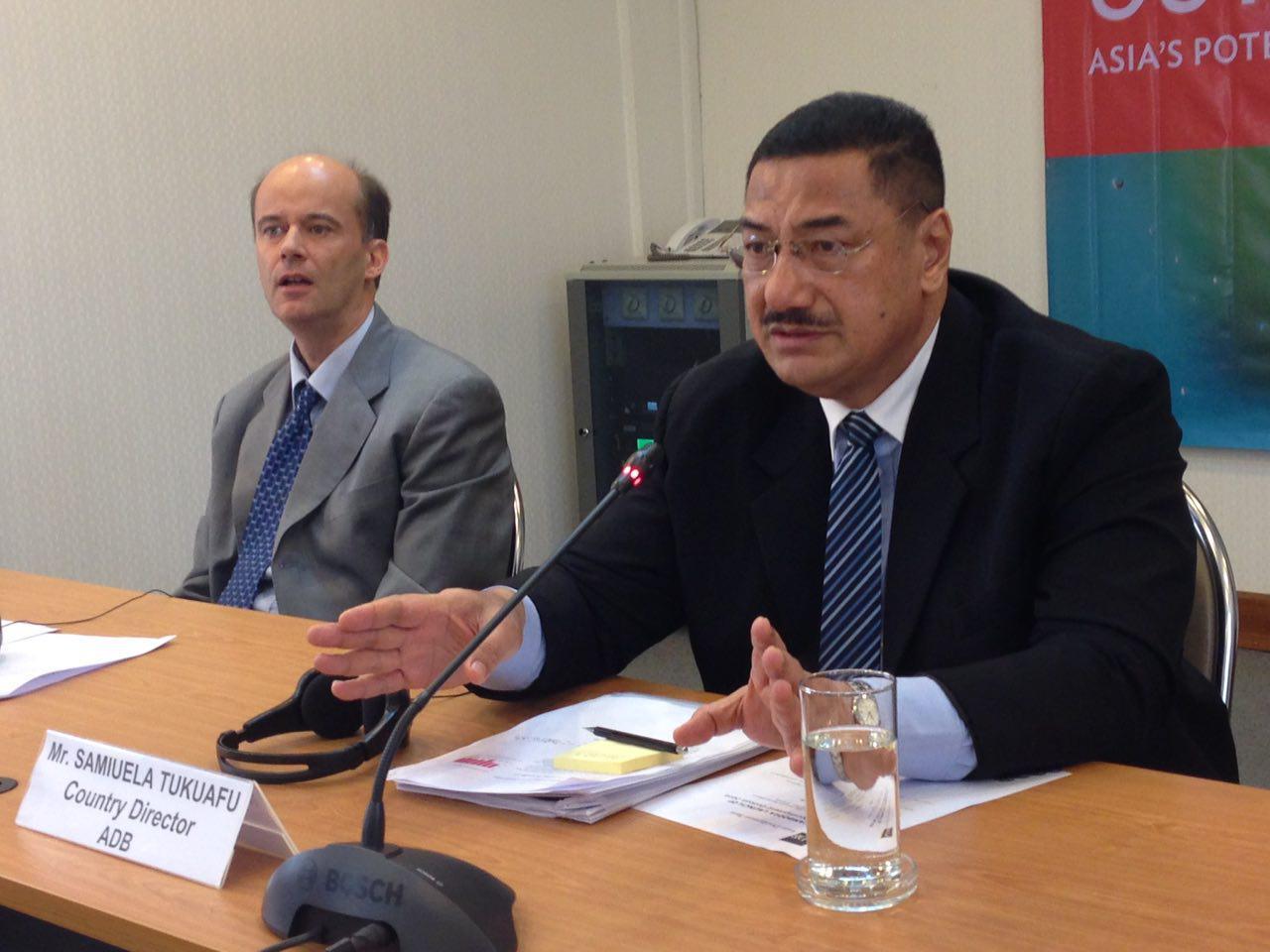PHNOM PENH, CAMBODIA (ADB) – Cambodia’s economy is expected to remain strong over the next 2 years, driven by garment and footwear manufacturing, construction, and services, says a new Asian Development Bank (ADB) report released today.
ADB’s flagship annual economic publication, Asian Development Outlook 2016 (ADO), says Cambodia’s gross domestic product (GDP) is expected to expand by 7.0% in 2016—the same rate achieved in 2015— before edging up slightly in 2017.
“With continued expansion in industry and services, diversification in the garments and light manufacturing sectors and in export destinations, Cambodia is expected to exhibit robust economic growth over the next two years,” said Samiuela Tukuafu, ADB Country Director for Cambodia. “To sustain growth, Cambodia needs to further diversify its economy and provide further opportunity for employment by attracting new industries.”
Growth in industry is projected at 9.5% this year, supported by further diversification in products with higher value added such as garments, footwear and electronics. Service sector is expected to expand by 7.8%. Agriculture is projected to grow by 1.6%, assuming favorable weather. Growth in construction is expected to continue moderately in comparison to the rapid pace of recent years.
The fiscal deficit, excluding grants, is estimated to increase to 4.3% of GDP this year. The current account deficit is forecast to remain relatively unchanged in 2016 but to narrow in 2017 in line with better export opportunities. Subdued global food and fuel prices are expected to contain inflation at 2.5% in 2016, before rising to 3.0% in 2017.
Rapid growth in credit and a real estate boom have heightened risks in the financial sector. Efforts to build policy buffers and resilience should continue to ensure a stable financial sector. Cambodia also needs to improve the quality of employment by addressing shortcomings in education and training and enable children to complete school.
ADB, based in Manila, is dedicated to reducing poverty in Asia and the Pacific through inclusive economic growth, environmentally sustainable growth, and regional integration. Established in 1966, it is owned by 67 members – 48 from the region.





